Amplifier with Buzz & sensitivity at Line-IN - What to do?
I have an issue with an active speaker: a B&O BeoLab 8000 with built-in amp.
It has an RCA plug for line-in that I want to use. And it has an Auto stand-by function which means: the amp & speaker switch On when audio signal is coming in, and it (normally) switches Off/stand-by within 3 minutes after the audio signal has ended. I have a kind of distortion that causes buzzing noise. The noise is too loud for the amp to switch to Off permanently. It does try to switch Off, but it then immediately switches back On again, and then tries to switch Off gain. This process repeats continuously.
This happens both when I have nothing connected to the RCA connector for Line-in, as well as when I have an audio source connected to the Line-in. Though the buzz is a little bit less when I plug an iPhone as an audio source to the RCA line-in connector. But even with a source connected to the RCA, there still is a lot of sensitivity. Because when I touch the cable that connects the RCA connector to the AMP, it immediately switches On again.
PCB with RCA Line-in connector: Left = bottom side, right = top side:


Next I put a 10K resistor across signal input & ground input. Without an audio source connected, it even increased the buzzing noise. With an audio source connected, the resistor makes no difference.
So I am confused, what is going on?
Anyone with help/suggestions/instructions?
It has an RCA plug for line-in that I want to use. And it has an Auto stand-by function which means: the amp & speaker switch On when audio signal is coming in, and it (normally) switches Off/stand-by within 3 minutes after the audio signal has ended. I have a kind of distortion that causes buzzing noise. The noise is too loud for the amp to switch to Off permanently. It does try to switch Off, but it then immediately switches back On again, and then tries to switch Off gain. This process repeats continuously.
This happens both when I have nothing connected to the RCA connector for Line-in, as well as when I have an audio source connected to the Line-in. Though the buzz is a little bit less when I plug an iPhone as an audio source to the RCA line-in connector. But even with a source connected to the RCA, there still is a lot of sensitivity. Because when I touch the cable that connects the RCA connector to the AMP, it immediately switches On again.
PCB with RCA Line-in connector: Left = bottom side, right = top side:
Next I put a 10K resistor across signal input & ground input. Without an audio source connected, it even increased the buzzing noise. With an audio source connected, the resistor makes no difference.
So I am confused, what is going on?
Anyone with help/suggestions/instructions?
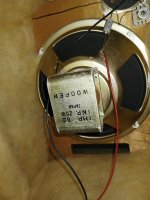
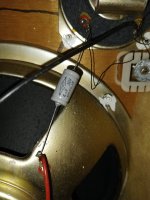
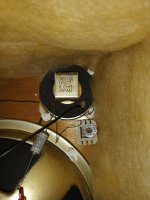
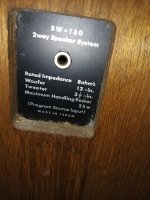
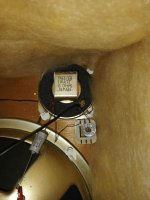
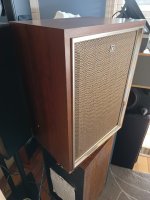
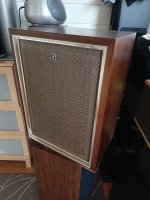
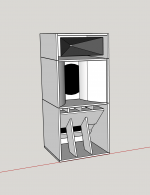
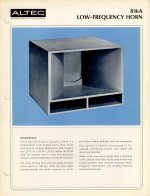
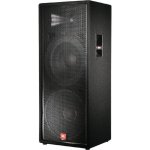

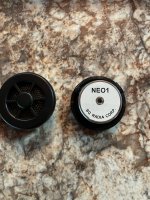
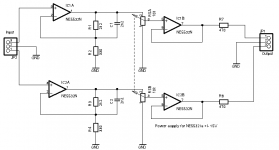



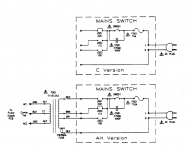
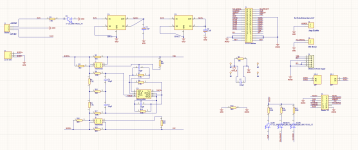

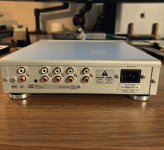
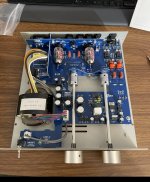
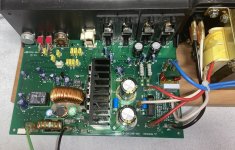
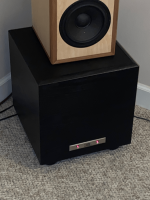
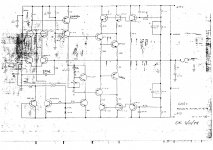
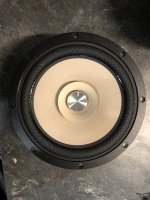
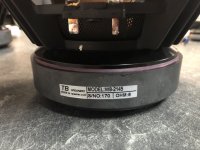
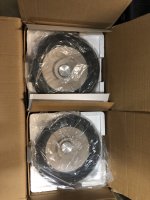
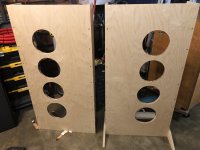
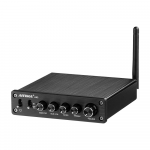
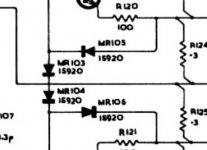
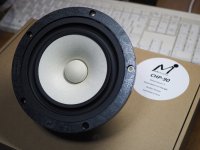
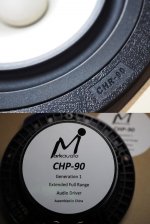
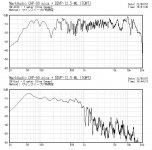

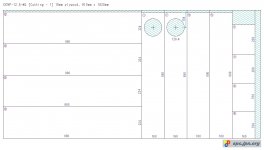
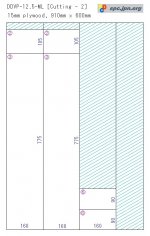



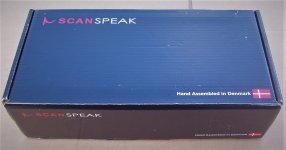
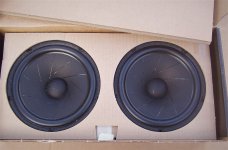
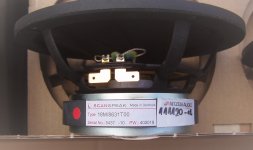
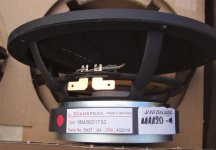
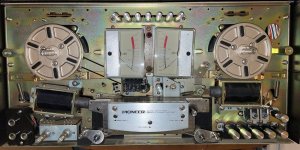
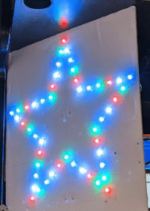
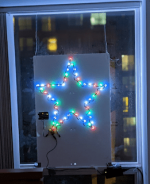

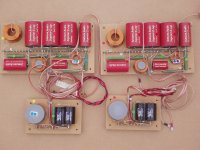
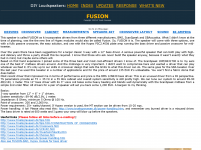
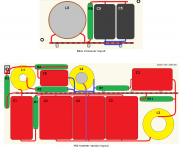
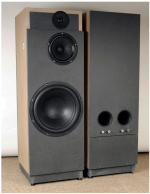
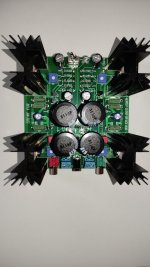
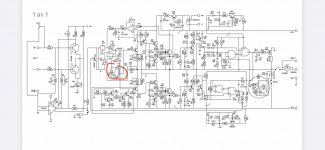
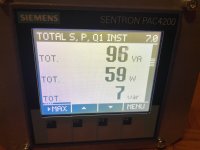
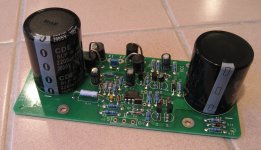
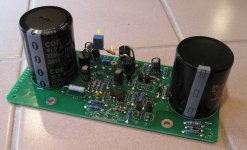
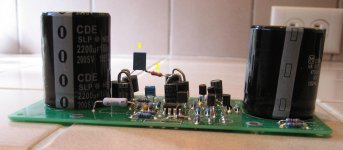
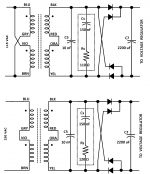
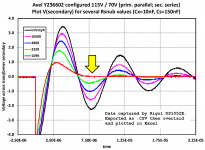
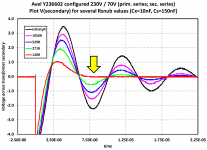
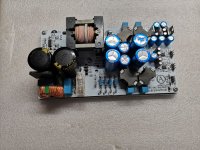
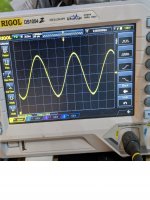
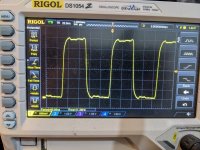
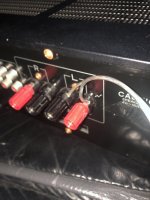
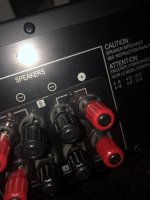
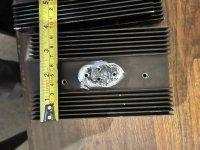
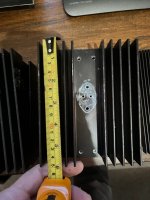
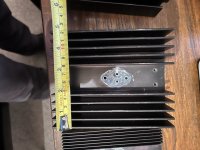
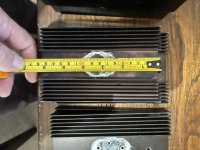
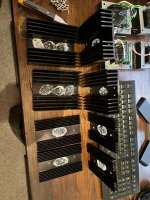
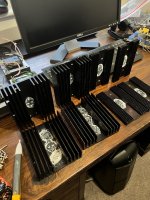
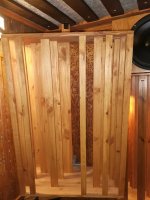


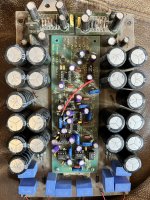

 If anybody has build them silently and in secret, please stand up and share your experience.
If anybody has build them silently and in secret, please stand up and share your experience.